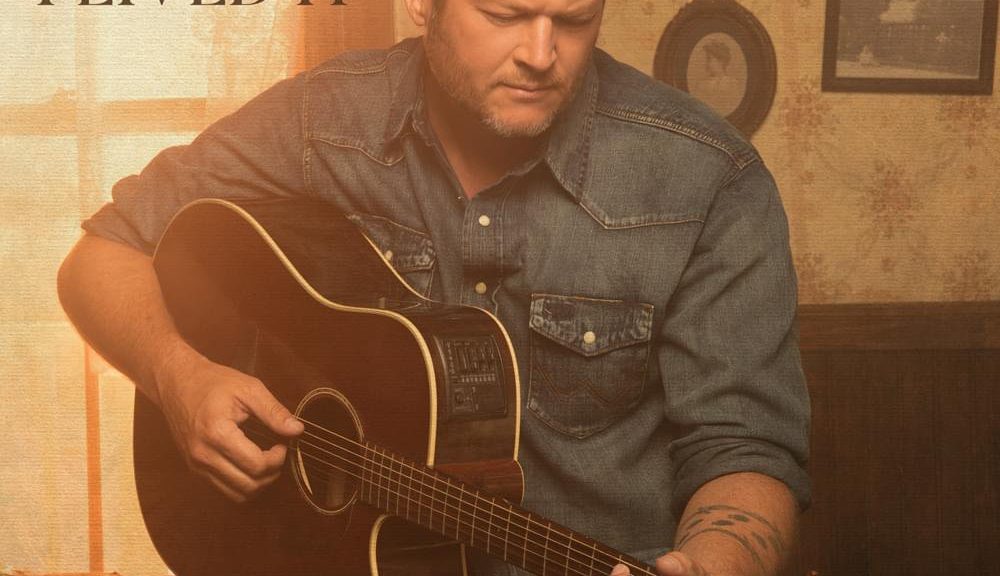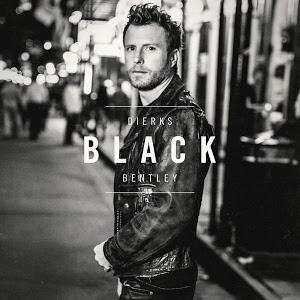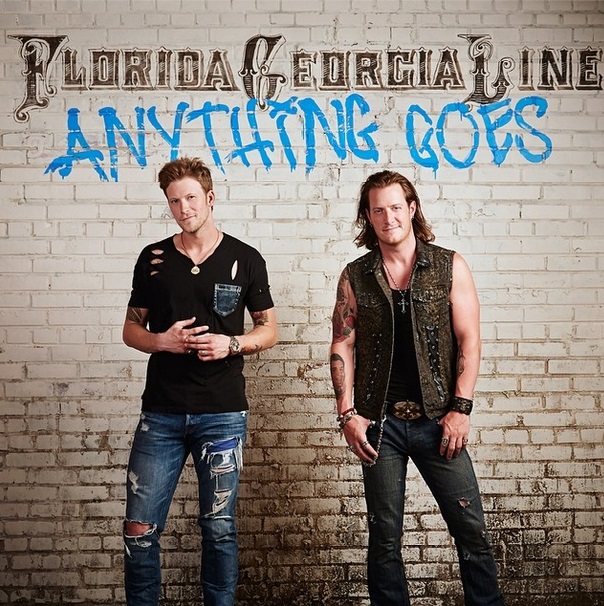Blake Shelton’s current single, “I Lived It,” is living it up on the country singles chart. Today, let’s take a look at some of the ways the songwriters built this song to be a Blake hit.
Great songs don’t happen by accident- they’re a series of wise choices. And the songwriters (Ashley Gorley, Ben Hayslip, Rhett Akins and Ross Copperman) made some great choices when building “I Lived It.” Now, I wasn’t in the room with them, so I can only speculate at the thought process behind the end results. But as a professional songwriter myself, I can take an experienced and educated guess.
If you want to write hits, too… read on!
________________________________
To BE a pro, you need to THINK like a pro, and this FREE ebook will help transform your thinking, your songwriting, and your success. Get it today!
_________________________________
1. Stick to the brand.
Overall, this song is built to fit Blakes’s brand of country. The lyric is really country, and the song is about what it’s like to grow up… country. Really country. This subject matter fits nicely beside other songs he’s cut, like “Green,” “Boys ‘Round Here” and “Hey.” The phrasing and production are also a little more traditional than progressive, which also (generally) fit’s Blake’s brand.

2. Show, don’t tell.
There are a lot of images in the song, and it puts us in those moments. Right in the first line, we see a guy driving a flatbed Ford. Then we see flies and a hole in a screen door. Blake’s not just saying he grew up country, he’s showing us what growing up country looks, feels, sounds and tastes like.
 These fresh, vivid images help the song stand apart from all the other, vague “I grew up country” songs that no doubt get pitched to Blake for every album. Not only that, but it helps to…
These fresh, vivid images help the song stand apart from all the other, vague “I grew up country” songs that no doubt get pitched to Blake for every album. Not only that, but it helps to…
3. Give the listener a reason to connect.
How many people can relate to growing up this way? A lot of us remember mama pouring bacon grease in a can, sitting in front of a box fan, and so many more things in this lyric. It pushes the nostalgia button for many, many listeners.
For example, if it’s been years since you’ve thought about how cool it was to get your hands on a two dollar bill, that line sets off a “nostalgia bomb” in your brain. And nostalgia is a great way to connect to the listener’s emotions and get them to invest in your song. It’s not the only way, but it sure is a powerful one.

4. Keep it moving.
Writing a sentimental, nostalgic song might lead some writers to write a slow ballad. But not these hit songwriters. They know that their chances of getting a cut go up as they add some tempo, groove or energy to the song. So that’s what they did.
The song is by no means an uptempo rocker. But they put about as much tempo on it is as they could without breaking the sentimental, nostalgic vibe of the song.
Okay, those are four areas in which Ashley Gorley, Ben Hayslip, Rhett Akins and Ross Copperman built “I Lived It” to be a hit song. Of course, those aren’t the only elements that make “I Lived It” a hit, but they’re four important ones. If YOU want to discover even more of the elements of building a hit song, I have an awesome opportunity for you.
In the month of July, I’m hosting a transformative online songwriting event called, “Building A Hit: From Blank Page To Finished Lyric.” In this powerful 4-week online workshop, I reveal:
How to find great song ideas. Kill writers block and fill up that blank page again and again.
How to focus your ideas for maximum impact. Don’t waste any more great ideas by leaving them under-developed or confusing.
How to frame your idea for maximum commercial appeal. Having a great, compelling idea isn’t enough. You have to build your song in a way that an artist will want to sing it and an audience will want to hear it.
How to finish your song. Stop leaving your best ideas unfinished. Nobody loves a song they never hear, and a song that’s only 99% finished will never get recorded, never get on the radio, and never change your life.
If you want to join me on a journey that will help you think and write like a pro songwriter, click on the link below. Spots are limited for this event, and I only host it twice a year. Miss out, and it’s gone for another 6 months. Don’t delay. Transform your songwriting today..
DON’T MISS OUT- CLICK HERE TO TAKE ADVANTAGE OF THIS GREAT OPPORTUNITY.
God Bless and Enjoy the Journey,
Brent
Brent Baxter is a hit songwriter with cuts by Alan Jackson, Randy Travis, Lady Antebellum, Joe Nichols, Gord Bamford, Ruthie Collins, Ray Stevens, and more. He’s written a top 5 hit in the US, a #1 in Canada & a top 10 in Texas… so far.












